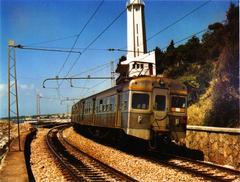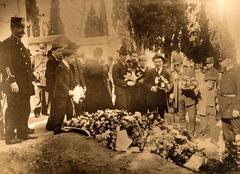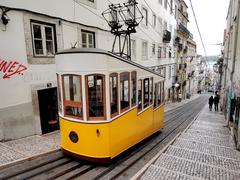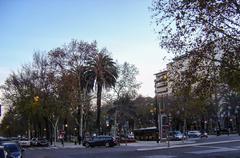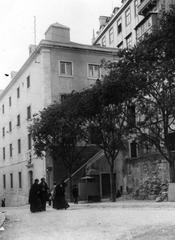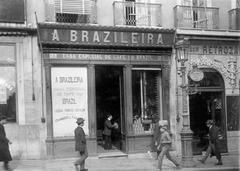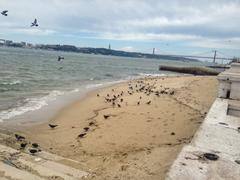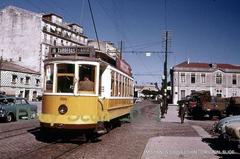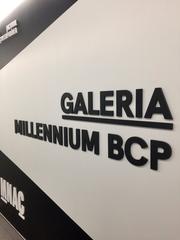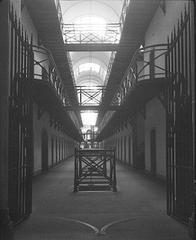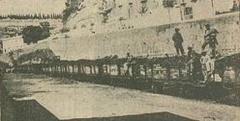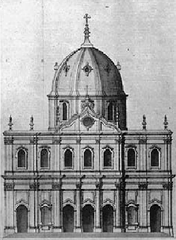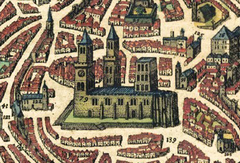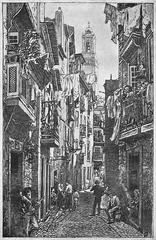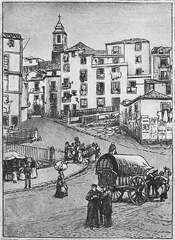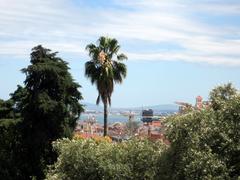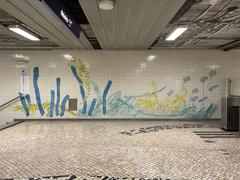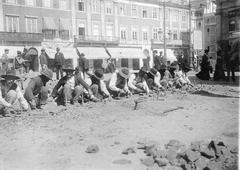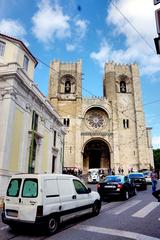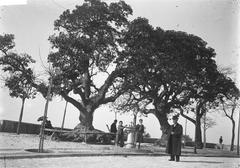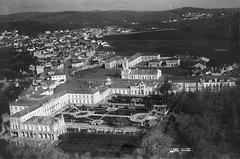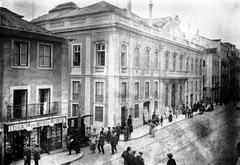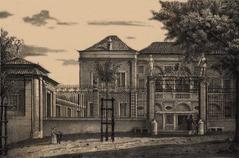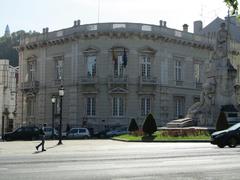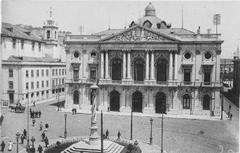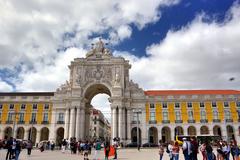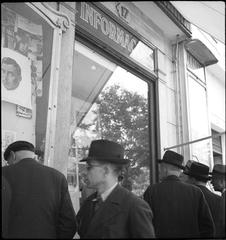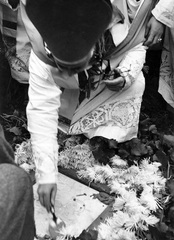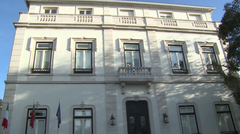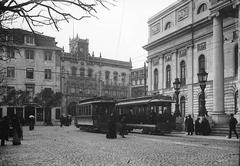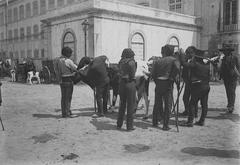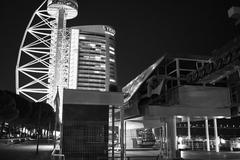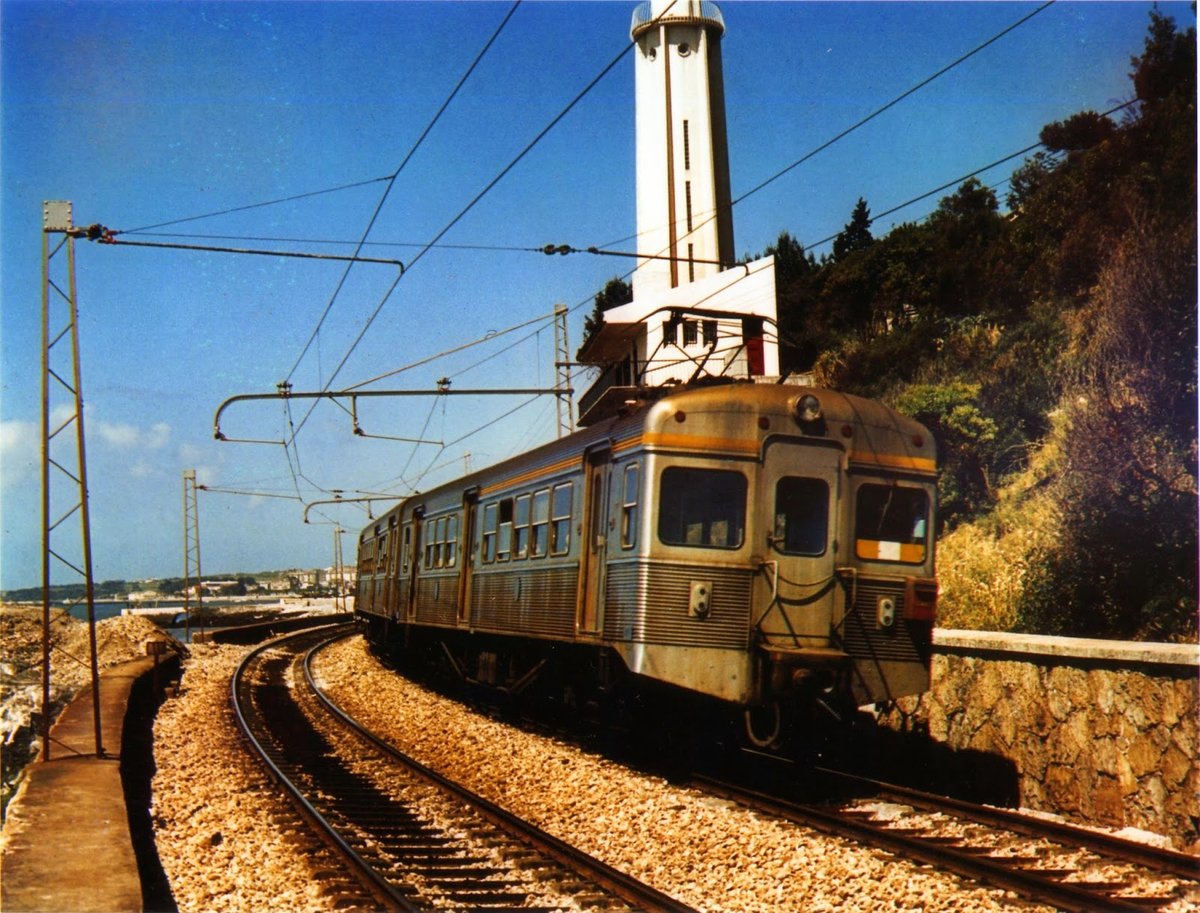
Comprehensive Guide to Visiting Farol da Gibalta, Lisbon, Portugal
Date: 25/07/2024
Introduction
Discover the charm and history of Farol da Gibalta, Lisbon’s iconic lighthouse. Located in Oeiras, just 10 kilometers west of Lisbon, this maritime beacon has been guiding vessels since 1954. Its strategic position on the northern bank of the Tagus River marks it as a vital component of Lisbon’s bustling harbor, one of Europe’s busiest ports. Whether you are a history enthusiast, a photography buff, or simply looking to enjoy the scenic beauty of the Portuguese coast, Farol da Gibalta offers a unique blend of historical significance and picturesque landscapes. This guide will explore its historical background, architectural design, and provide essential visitor tips to make the most of your visit (Wikipedia, Trek Zone).
Table of Contents
- Introduction
- History and Significance
- Visitor Experience
- Photographic Spots
- Preservation and Maintenance
- Educational Value
- Environmental Impact
- Community Engagement
- Future Prospects
- Conclusion
- FAQs
History and Significance
Historical Background
Farol da Gibalta, also known as Gibalta Lighthouse, is a significant maritime beacon located in Lisbon, Portugal. The lighthouse was constructed in 1954, during a period when maritime navigation was crucial for the safety and efficiency of sea travel. Positioned strategically on the northern bank of the Tagus River, it serves as a guiding light for vessels entering the Lisbon harbor, one of the busiest ports in Europe.
Architectural Design
The lighthouse stands at a height of 21 meters (approximately 69 feet) and is constructed from reinforced concrete, a common material choice for mid-20th-century lighthouses due to its durability and resistance to harsh marine conditions. The structure is cylindrical, with a white tower and a red lantern, a color scheme that enhances its visibility against the coastal landscape. The light emitted from Farol da Gibalta has a range of 15 nautical miles, ensuring that it can be seen from a considerable distance by incoming ships.
Role in Maritime Navigation
Farol da Gibalta plays a critical role in maritime navigation. Lisbon’s port is a hub for international shipping, and the lighthouse helps to prevent maritime accidents by providing a reliable point of reference for ships. The light pattern of Farol da Gibalta is characterized by a group of three flashes every 15 seconds, a unique signature that distinguishes it from other lighthouses in the region. This pattern is essential for navigators to identify their exact location and adjust their course accordingly.
Cultural Significance
Beyond its practical function, Farol da Gibalta holds cultural significance for Lisbon and its residents. The lighthouse is a symbol of the city’s rich maritime heritage, reflecting Lisbon’s historical role as a center of exploration and trade. The Tagus River has been a gateway for explorers like Vasco da Gama, who embarked on voyages that expanded the known world. Farol da Gibalta, therefore, stands as a modern continuation of this legacy, connecting the past with the present.
Visitor Experience
Visiting Hours and Tickets
Farol da Gibalta itself is not open to the public, but the surrounding area is accessible for visitors. There are no tickets required to visit the viewpoints around the lighthouse. The area is open year-round, offering a serene environment for leisurely walks and panoramic views.
Travel Tips
To get the best experience, visit Farol da Gibalta during the early morning or late afternoon when the lighting is perfect for photography. Comfortable walking shoes are recommended as the terrain around the lighthouse can be uneven. Don’t forget to bring a camera to capture the stunning coastal views.
Nearby Attractions
The lighthouse is conveniently located near several other attractions in Lisbon, making it an excellent addition to a day of exploration. Nearby, visitors can find the historic Belém Tower, another iconic maritime structure that dates back to the 16th century. The Jerónimos Monastery, a UNESCO World Heritage site, is also within easy reach. These sites collectively offer a comprehensive glimpse into Lisbon’s maritime and architectural history.
Special Events and Guided Tours
While Farol da Gibalta does not offer guided tours, the nearby attractions often have special events and guided tours available. Check local listings and tourism websites for up-to-date information on events and tours.
Photographic Spots
The area around Farol da Gibalta offers numerous photographic opportunities. The lighthouse itself, with its striking white and red color scheme, makes for a perfect subject against the backdrop of the Tagus River and the Atlantic Ocean. The surrounding coastal landscape and the views of passing ships provide additional photography opportunities.
Preservation and Maintenance
Maintaining the operational integrity of Farol da Gibalta is a priority for local authorities. The lighthouse is managed by the Directorate of Lighthouses (Direção de Faróis), a division of the Portuguese Navy responsible for the upkeep of all lighthouses in Portugal. Regular inspections and maintenance work are conducted to ensure that the lighthouse remains functional and safe. This includes checking the structural integrity of the tower, the functionality of the light mechanism, and the condition of the surrounding area.
Educational Value
Farol da Gibalta serves as an educational resource for those interested in maritime history and engineering. Schools and universities often organize field trips to the lighthouse, where students can learn about the principles of lighthouse operation, the history of maritime navigation, and the technological advancements that have shaped modern lighthouses. Informational plaques and guided tours provide in-depth knowledge, making the visit both informative and engaging.
Environmental Impact
The location of Farol da Gibalta on the coast necessitates a careful balance between operational needs and environmental conservation. Efforts are made to minimize the ecological footprint of the lighthouse. This includes using energy-efficient lighting systems and ensuring that maintenance activities do not disrupt the local wildlife. The surrounding area is part of a protected coastal zone, highlighting the importance of preserving the natural habitat while maintaining the lighthouse’s functionality.
Community Engagement
Farol da Gibalta is a beloved landmark for the local community. It is often featured in local art, literature, and photography, symbolizing the enduring connection between the people of Lisbon and the sea. Community events, such as maritime festivals and heritage days, frequently include activities centered around the lighthouse, fostering a sense of pride and continuity among residents.
Future Prospects
Looking ahead, Farol da Gibalta is poised to remain a vital part of Lisbon’s maritime infrastructure. Advances in technology may lead to further enhancements in its operational capabilities, such as the integration of automated systems and real-time monitoring. However, the lighthouse will continue to serve as a beacon of safety and a symbol of Lisbon’s enduring maritime legacy.
Conclusion
Farol da Gibalta stands as a testament to Lisbon’s rich maritime heritage and modern advancements in navigational aids. Despite not being open to the public, its surrounding viewpoints provide visitors with breathtaking coastal vistas and a glimpse into Portugal’s nautical past. The lighthouse’s architectural beauty, historical significance, and strategic location make it a must-visit destination for anyone exploring Lisbon. Whether you’re interested in maritime history, seeking the perfect photography spot, or simply wanting to enjoy a serene coastal escape, Farol da Gibalta has something for everyone. For more detailed information on Lisbon’s historical sites and maritime heritage, visit the World History Encyclopedia and Sintra Explorers.
FAQs
Q: What are the visiting hours for Farol da Gibalta?
A: The surrounding area of Farol da Gibalta is accessible year-round. The lighthouse itself is not open to the public.
Q: Is there an entry fee to visit Farol da Gibalta?
A: No, there are no tickets required to visit the viewpoints around Farol da Gibalta.
Q: What are some nearby attractions to Farol da Gibalta?
A: Nearby attractions include the historic Belém Tower and the Jerónimos Monastery, both of which offer a glimpse into Lisbon’s maritime and architectural history.
Q: Are there guided tours available at Farol da Gibalta?
A: While Farol da Gibalta does not offer guided tours, nearby attractions often have special events and guided tours available.
Q: What is the best time to visit Farol da Gibalta for photography?
A: Early morning or late afternoon offers the best lighting conditions for photography at Farol da Gibalta.
For more updates and related posts, download our mobile app or follow us on social media.
